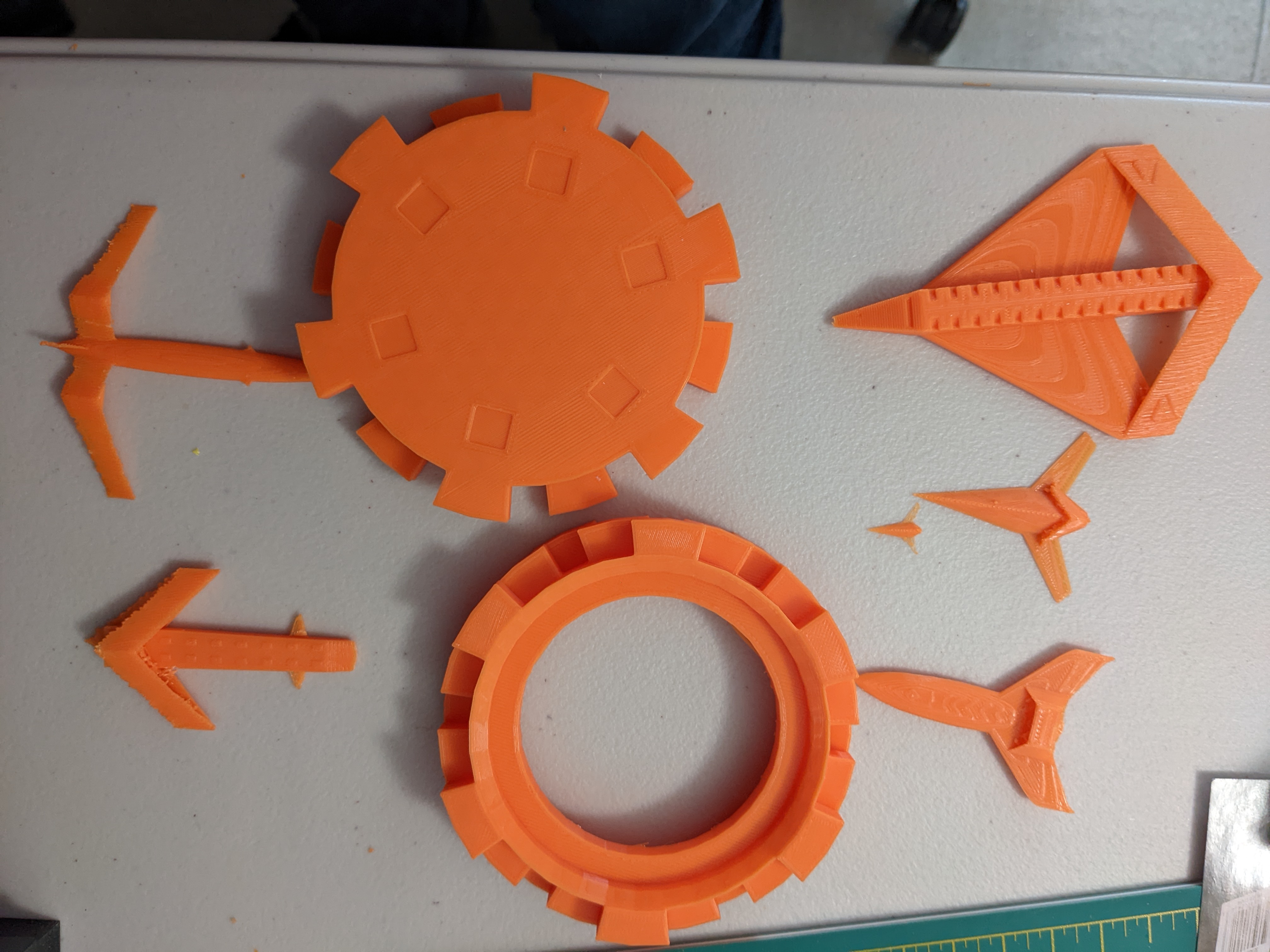

The Space Rogues vehicles were designed in 1993 and 1994, well before 3D printing was a big thing. They were designed for efficient 3D graphic rendering on an Amiga 4000 running a 68040 CPU. So, they have a fairly low polygon count with much of the detail being represented by image mapping. They were never intended to be watertight or be 3D printed. But, the newer versions of Lightwave support STL export. And Microsoft's 3D Builder code does a reasonable and very easy job at fixing STLs with errors. So, these models have had the minimum steps necessary to produce a printable file. More effort may be made in the future to restore printable details.
Most of the vehicles use a consistent design language to show they have similar roots. The joined wing design was inspired by a long running NASA research effort that is expected to produce significant efficiency improvements. And it looks cool. However, when 3D-printing, the joined wing design does make supports both necessary and very tricky to remove from narrow gaps.
Why do spaceships even need wings? The Paradisio system does have one inhabitable planet with a research outpost that ships use their wings to land at but it is unclear if the Mirage has ever needed to do an aerodynamic landing prior to the series.
Mirage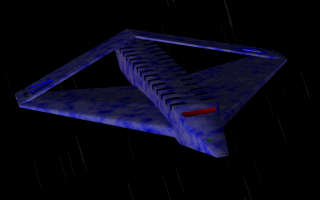

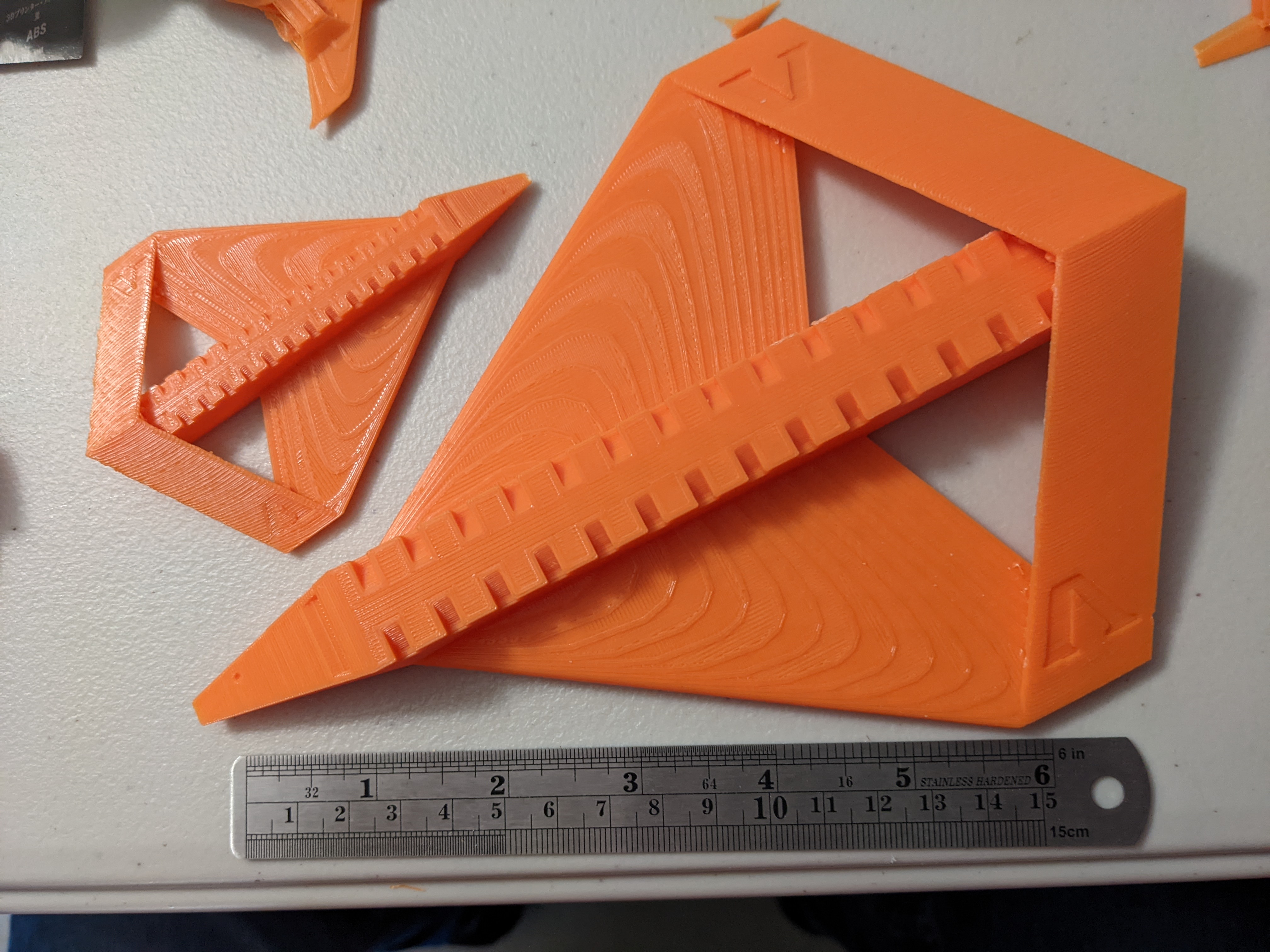
Superion

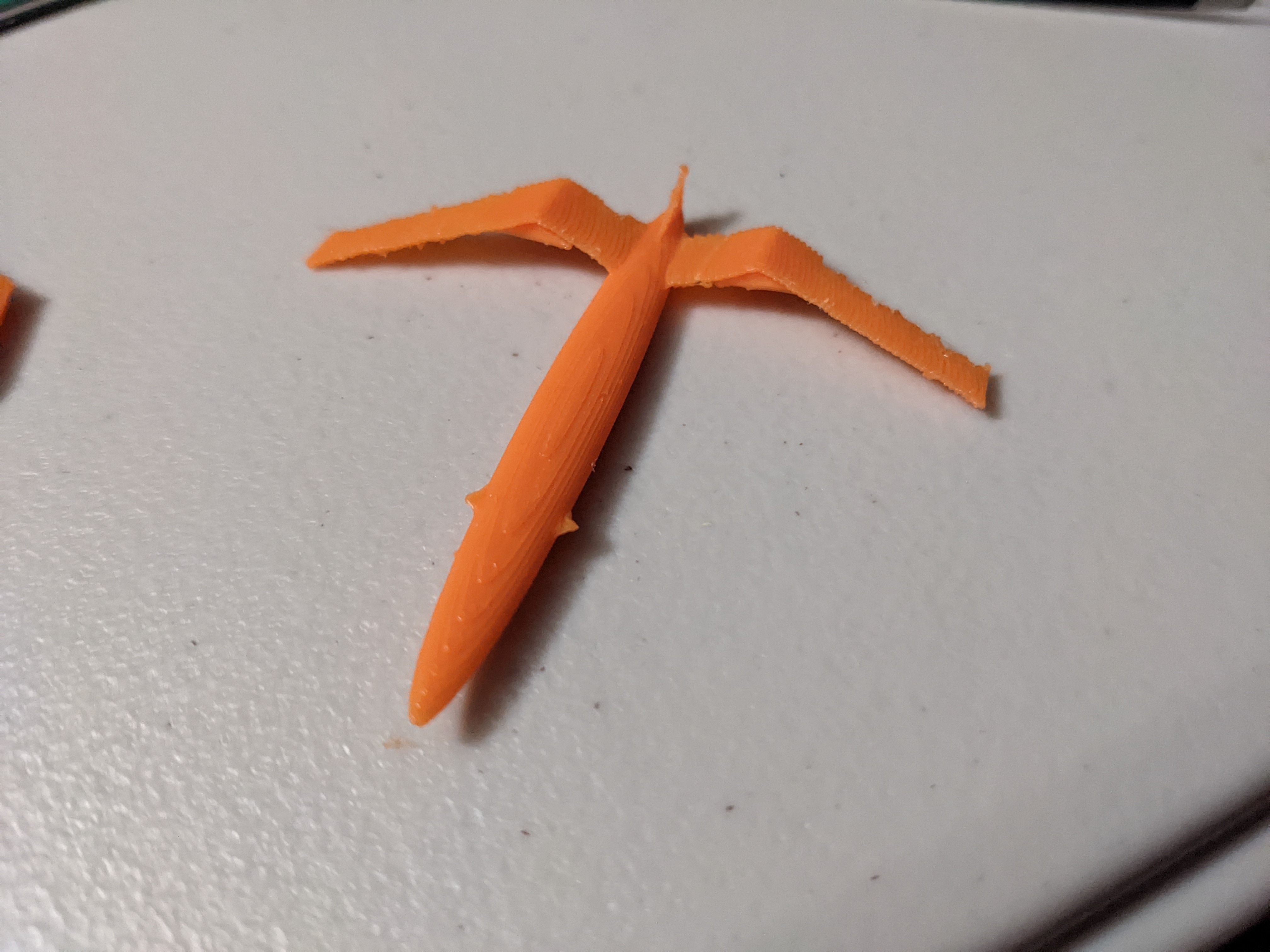
Alpha Station
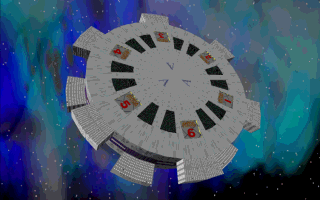
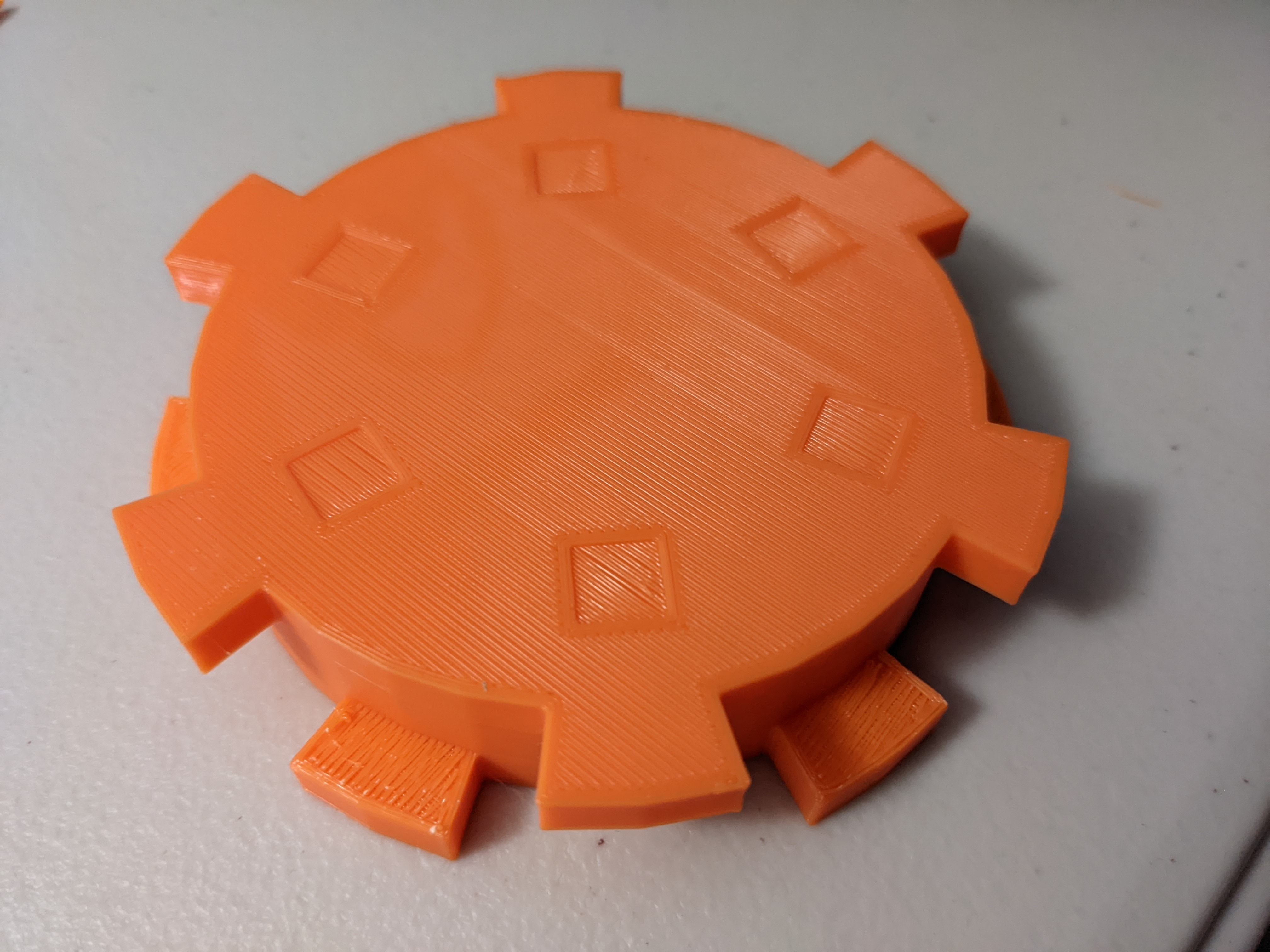
This printed great.
Lambda Station
The center area girder work and text did not slice. Cura did not generate inside ring supports when using
tree supports (bottom of right figure) but did when normal supports (top of right) were specified. Removing the normal supports took some effort, but
the print looks much better.
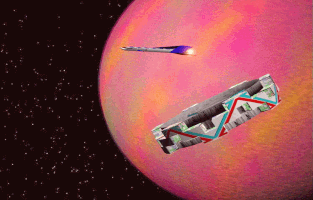
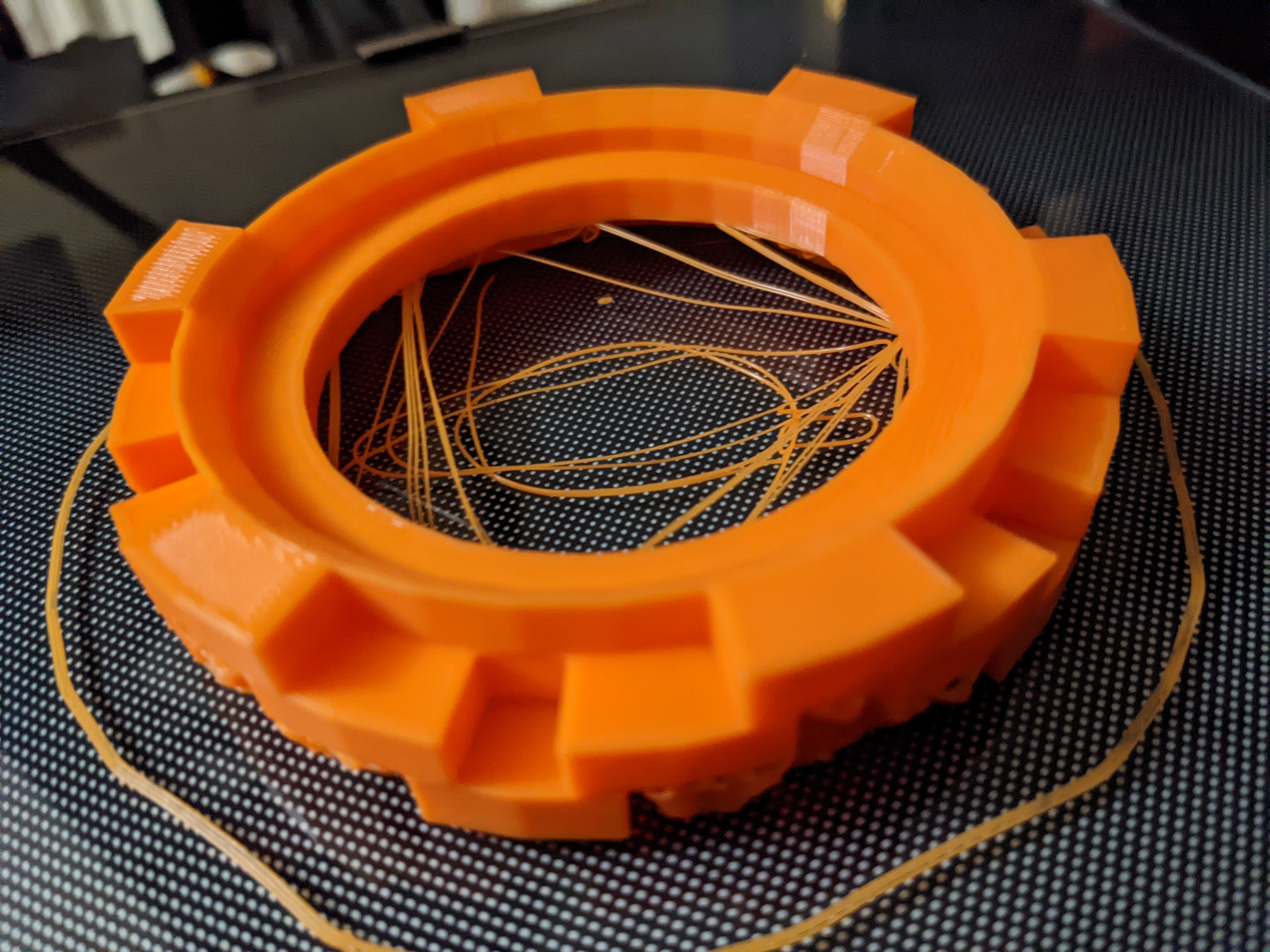
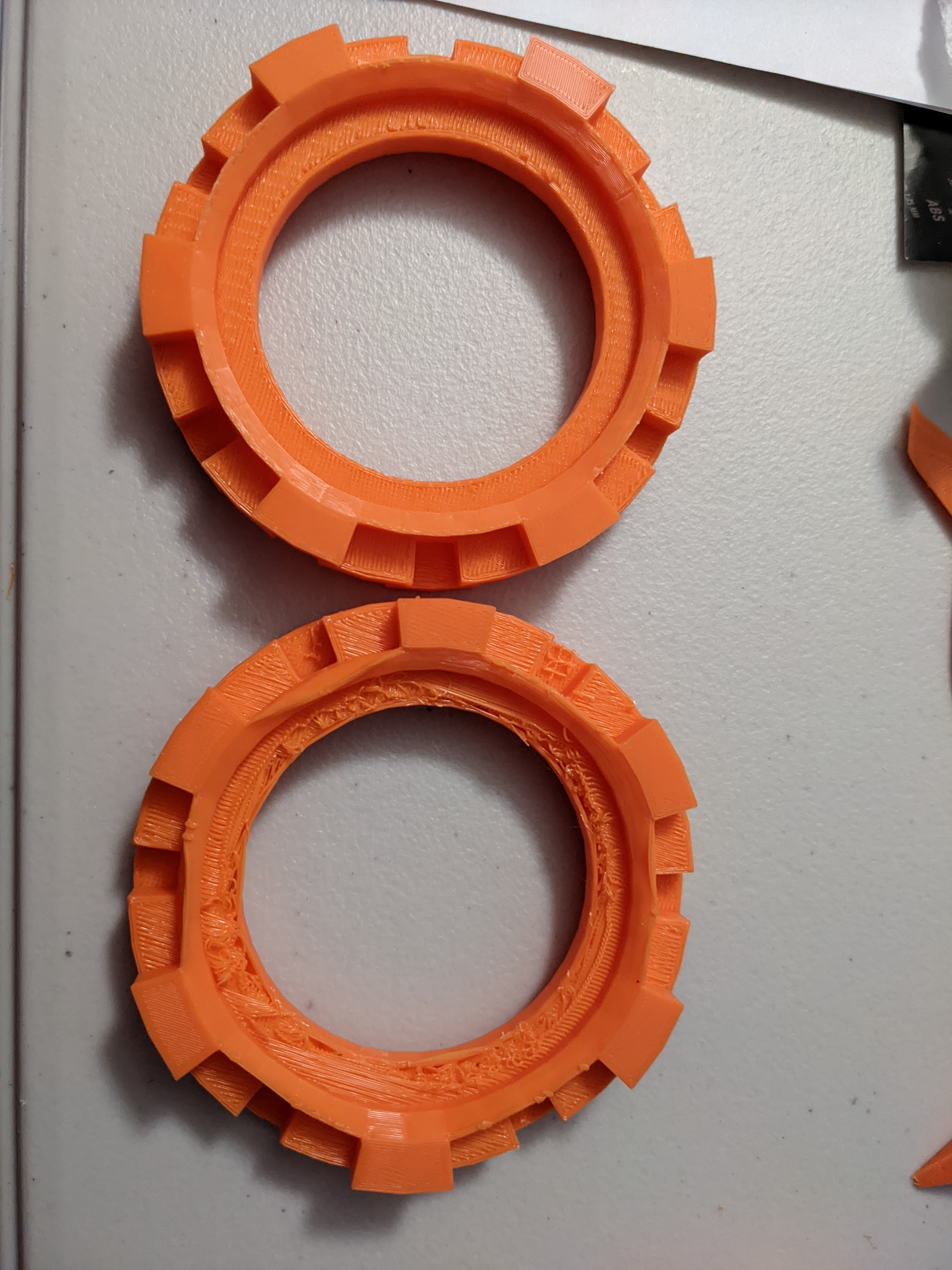
Cloudraker
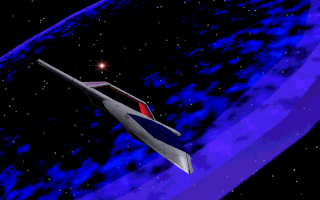
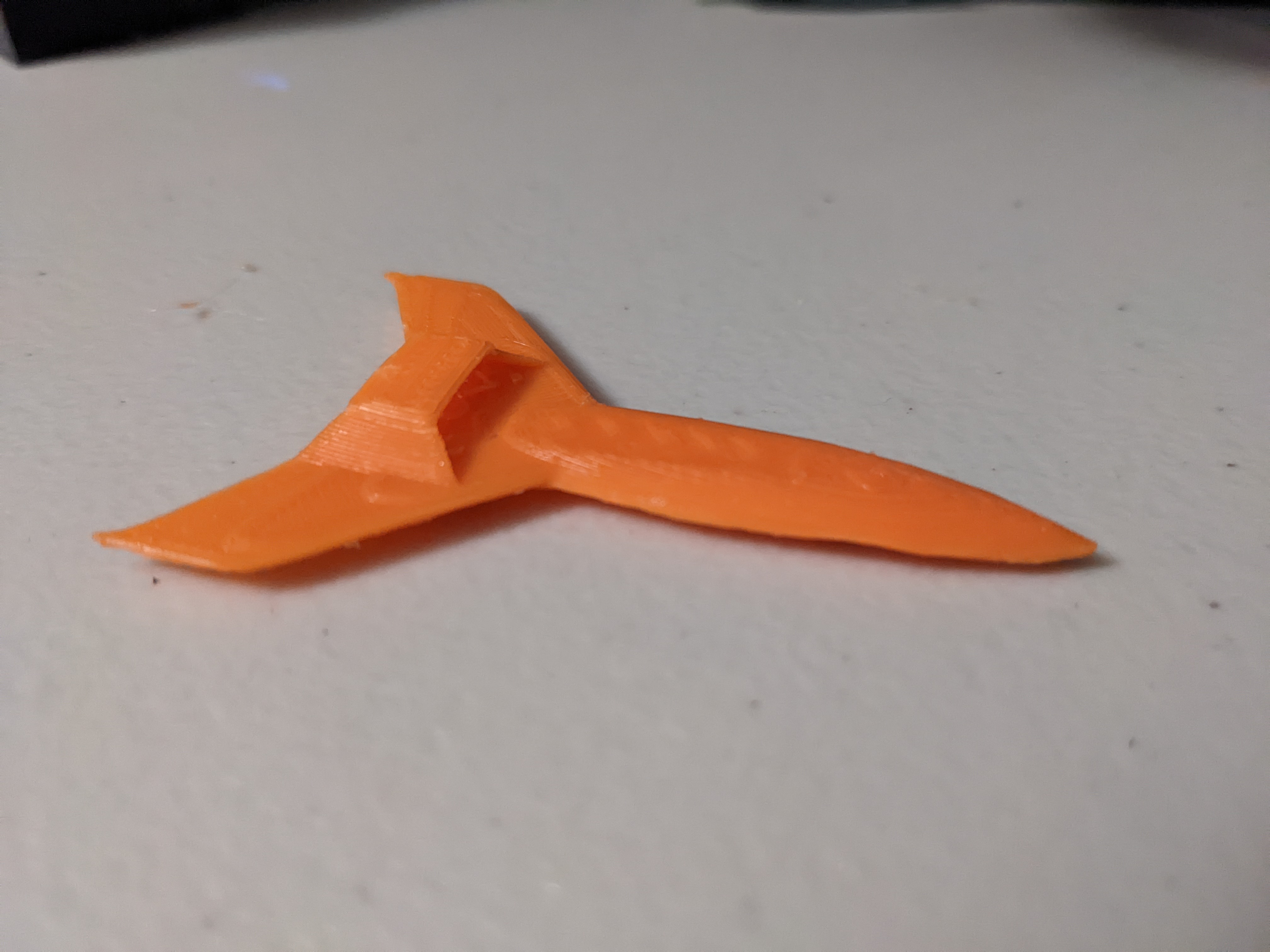
Dagger Class Fighter
I'm having trouble getting the upper wing to slice completely with either tree or normal supports.
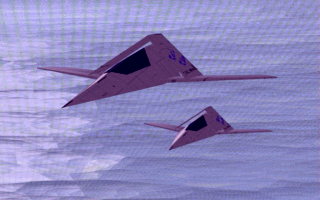
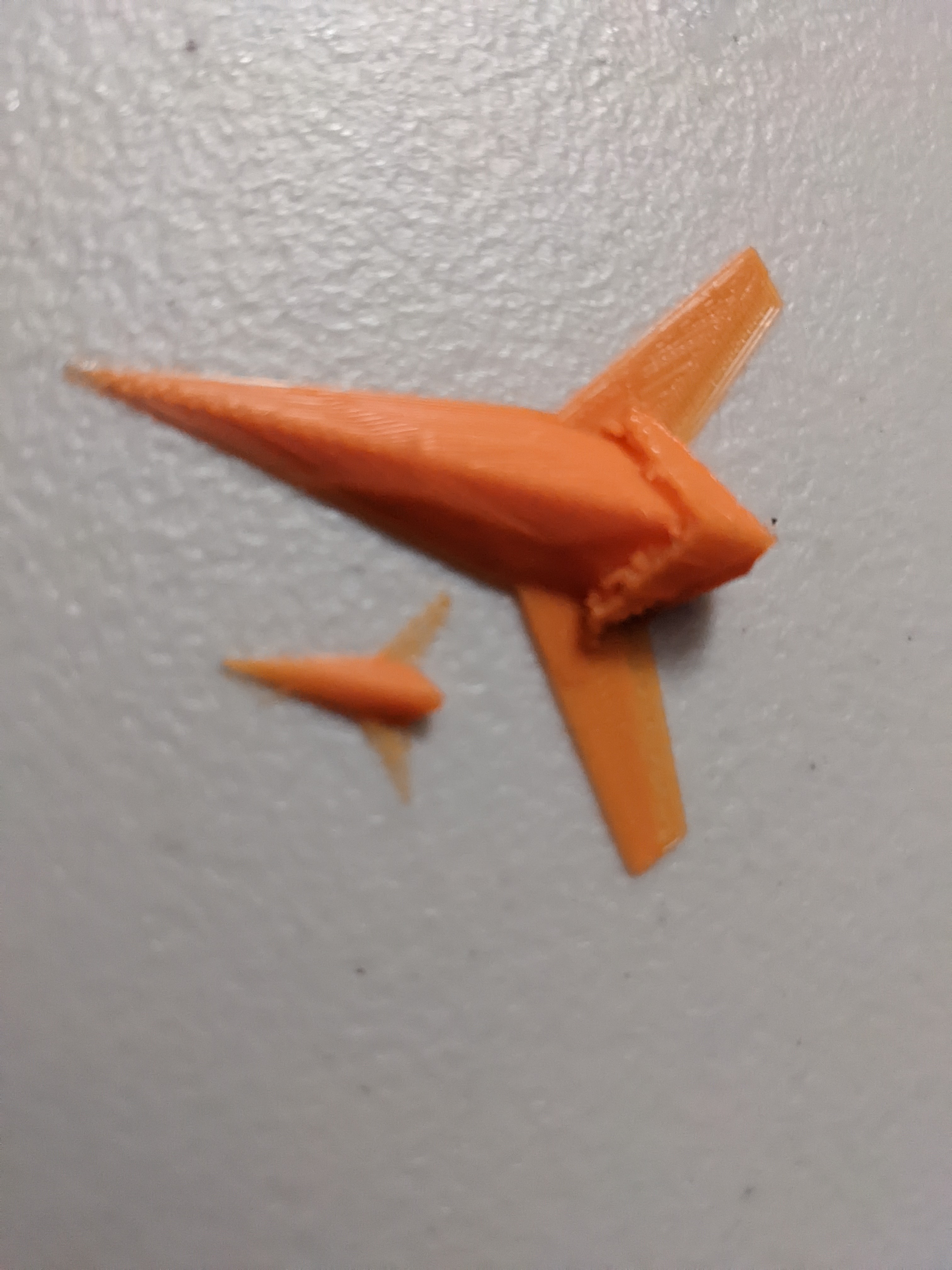
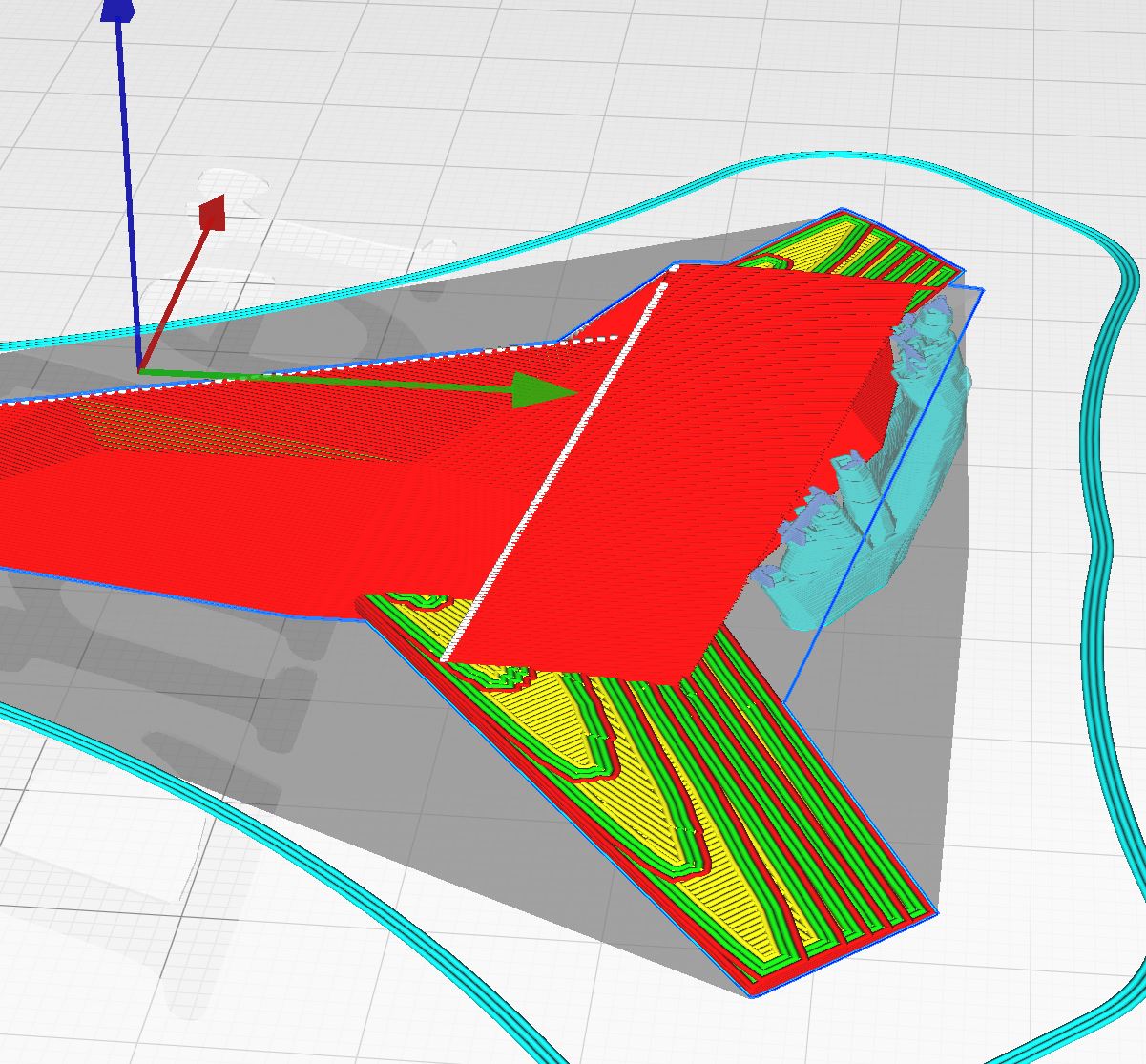
Light Freighter
At this scale it is very difficult to remove the supports between the wings.

